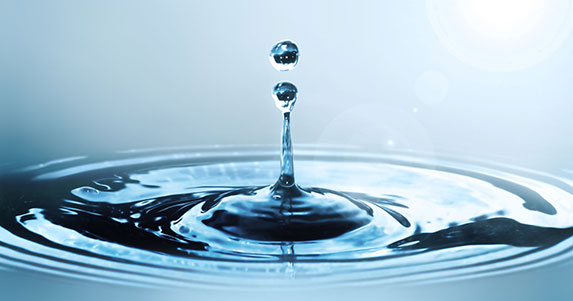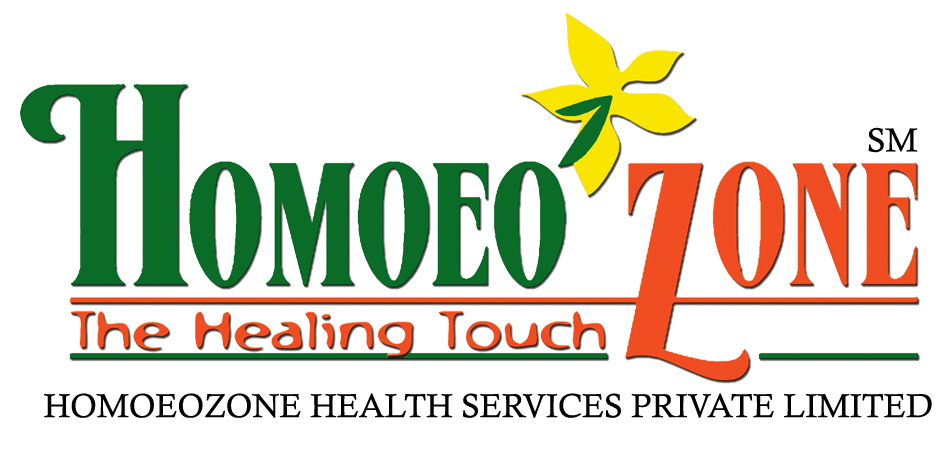Principles of Homoeopathy
Cardinal Principles
Every science has certain fundamental principles which guide the whole system. Homeopathy as a science of medical treatment has a philosophy of its own and its therapeutics is based on certain fundamental principles. These are:
- Law of Similia
- Law of Simplex
- Law of Minimum
- Doctrine of Drug Proving
- Theory of Chronic Disease
- Theory of Vital Force
- Doctrine of Drug-Dynamisation
These fundamental principles are elaborated in the following sections.

Principles of Homoeopathy
Law of Similia
Homeopathy is a system of medicine founded on a definite law 'Similia Similibus Curantur' which means 'like cures like'. The word Homeopathy is a Greek derivation where 'homeos' means 'similar and pathos means 'suffering'. So Homeopathy may be defined as the therapeutic method of symptom-similarity. The recognition of this law was there even before Hahnemann.
Paracelus, Hippocrates, and ancient ayurvedic texts have on occasions mentioned this law. But it was Hahnemann who recognized the universality of this law and lifted it from oblivion to make it the basis of a complete system of medicine.According to this system, the choice of the medicine is fundamentally based on the principle that the medicine must have the capability of producing most similar symptoms of the disease to be cured in healthy persons.
In aphorism 26 of 'Organon of Medicine', Hahnemann states this law: "A weaker dynamic affection is permanently extinguished in the living organism by a stronger one, if the latter (whilst differing in kind) is very similar to the former in its manifestations."
Law of Simplex - The Single Remedy
Hahnemann in aphorisms 272-274 of ' Organon of Medicine' states that only one single, simple medicinal substance is to be administered in a given case of time. This is due to the following reasons:
- The homeopathic remedies were proved singly, and the Materia Medica was built up on the observed effects of drugs given singly, either in planned provings or in accidental provings.
- Only one remedy can be the most similar at any given time to the condition of any given patient.
- Moreover, if more than one remedy is used the doctor will never know which element was curative and our source of future guidance is obscured.
If more than one drug is given in one prescription the possibility of synergistic action cannot be ruled out, but it cannot be argued that the effect will be the sum total of the effects of the separate drugs.
The ingredient drugs may even result in interactions that may have adverse effects in the body. A mixture of more than one remedy in a single dose would constitute a new remedy which would require to be proved as such for a proper estimate of its probable effects.
How do Homoeopathic medicines work ?
Law of Minimum
The suitableness of a medicine for any given case does not depend on its accurate homeopathic selection alone, but likewise on the proper size of dose too. Under this principle we give medicine to the patients in very minute doses.
The minute dose means that quantity of a medicine which is though smallest in quantity produces the least possible excitation of the vital force and yet sufficient to effect the necessary change in it. The quantity is minimum, yet appropriate, for a gentle remedial effect.
This concept of minimum dose lead to the discovery of a practical process called potentisation. Administration of the minimum dose has the following advantages:
- To avoid unwanted aggravation
- The specific dynamic action which produces the uncommon, characteristic, distinguished symptoms of the drug, is produced by the minimum quantity of drug.
- The smallness of the dose does not allow the drug to do any organic damage nor there is any risk of drug addiction and drug effects.
- The concept of minimum dose can be verified by Arndt-Schultz law that small doses stimulate, medium doses paralyze and large doses kill. I other words, the action of small and very large doses of the same substance on living matter is opposite.
- The Law of Least Action, formulated by Maupertius, the French mathematician, states : "The quantity of action necessary to affect any change in nature is the least possible, the decisive amount is always a minimum, an infinitesimal."
Health is a matter of perfect equilibrium, perfect balance, trifling circumstances may sway it, and so may it be balanced by the least possible in medication.
Doctrine of Drug Proving
In Homeopathy we prescribe only those medicines whose medicinal properties are known through 'drug proving'. Drug proving is a systematic investigation of pathogenic (disease-producing ) power of medicine on healthy human being of different ages, both sexes and of various constitutions.
These recordings of drug proving give the only reliable knowledge of medicines which is very essential to cure disease homeopathically. Different medicines must be proved thoroughly in order to obtain full details of their curative properties. The drug must be proved on human beings because:
- Animals do not give subjective or mental symptoms.
- Effects of the same drug on animals and on human beings are different.
- We do not get the modalities and finer symptoms in animal provings.
The drug must be proved on the healthy human being because the symptoms of the drug and the disease will be mixed together.Moreover, the action of the drug on the sick person is different from normal person.
Theory of Chronic Disease
It is Homeopathy which stresses the existence and operation of the vital force in a living organism. The human organism is a triune entity consisting of body, mind, and spirit. This spirit which is responsible for different manifestations of life was termed by Dr. Hahnemann as 'Vital Force'.
Hahnemann speaks of the vital force in Aphorism 10 of his Organon of Medicine as : "The material organism without the vital force is capable of no sensation, no function, no self preservation; it derives all sensations, and performs all functions of life solely by means of the immaterial being (the vital force) which animates the material organism in health and disease."
In the healthy condition, it is the vital force which maintains normal functions and sensations of the organism. But when the vital force is primarily dynamically deranged by morbific influence, it causes abnormal sensations and functions which are manifested outwardly through the material body as abnormal signs and symptoms, the totality of which constitutes the disease.
Again if a cure is to be established it is the vital force that must arouse itself or be abided to arise for the recovery. If the vital force is too debilitated and exhausted then no medicinal aid is of help.
Doctrine of Drug Dynamisation
Homeopathic dynamisation is a process by which the medicinal properties which are latent in natural substances while in their crude state, become awakened and developed into activity to an incredible degree.
According to Dr. Stuart Close, "Homeopathic potentisation is a mathematico-mechanical process for the reduction, according to scale, of crude, inert or poisonous medicinal substances to a state of physical solubility, physiological assimilability and therapeutic activity and harmless, for use as homeopathic healing remedies. Drugs are potentised by two methods:
- Trituration - in case of insoluble substances.
- Succussion - in case of soluble substances.
The objectives of potentisation in Homeopathy are:
- To reduce the medicinal substance which helps to avoid unwanted medicinal aggravations and side effects.
- Homeopathy believes that vital force is dynamic in nature and that is affected by disease, can only be cured by the dynamic power of serviceable medicine, not by its material quantity.
- By this process the most virulent and deadly poisons are not only rendered harmless, but are transformed into beneficial healing remedies.
- Substances which are medicinally inert in their crude natural state are thus rendered active and effective for healing the sick.
- The medicinal qualities of other drugs which are more or less active in their natural state are enhanced and their sphere of action is broadened by this process.
Loading, Please Wait for a while...
